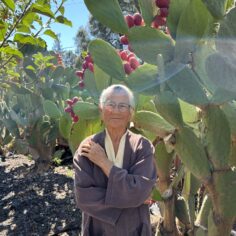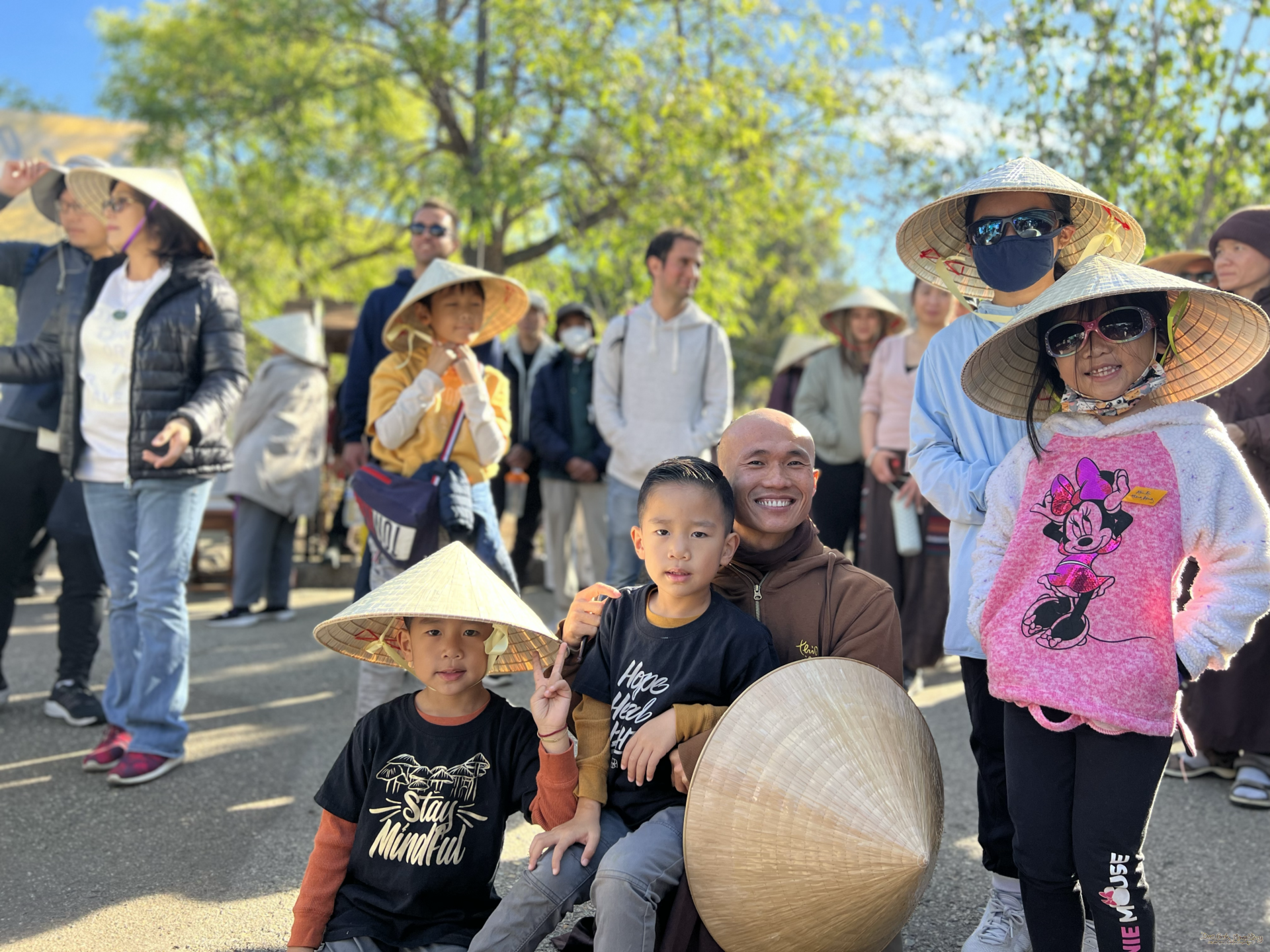Dharma teacher Jo-ann Rosen offers insights on seeing the practice through a neuroscientific and trauma-sensitive lens, and on being a cell in a Sangha body.
By Jo-ann Rosen on
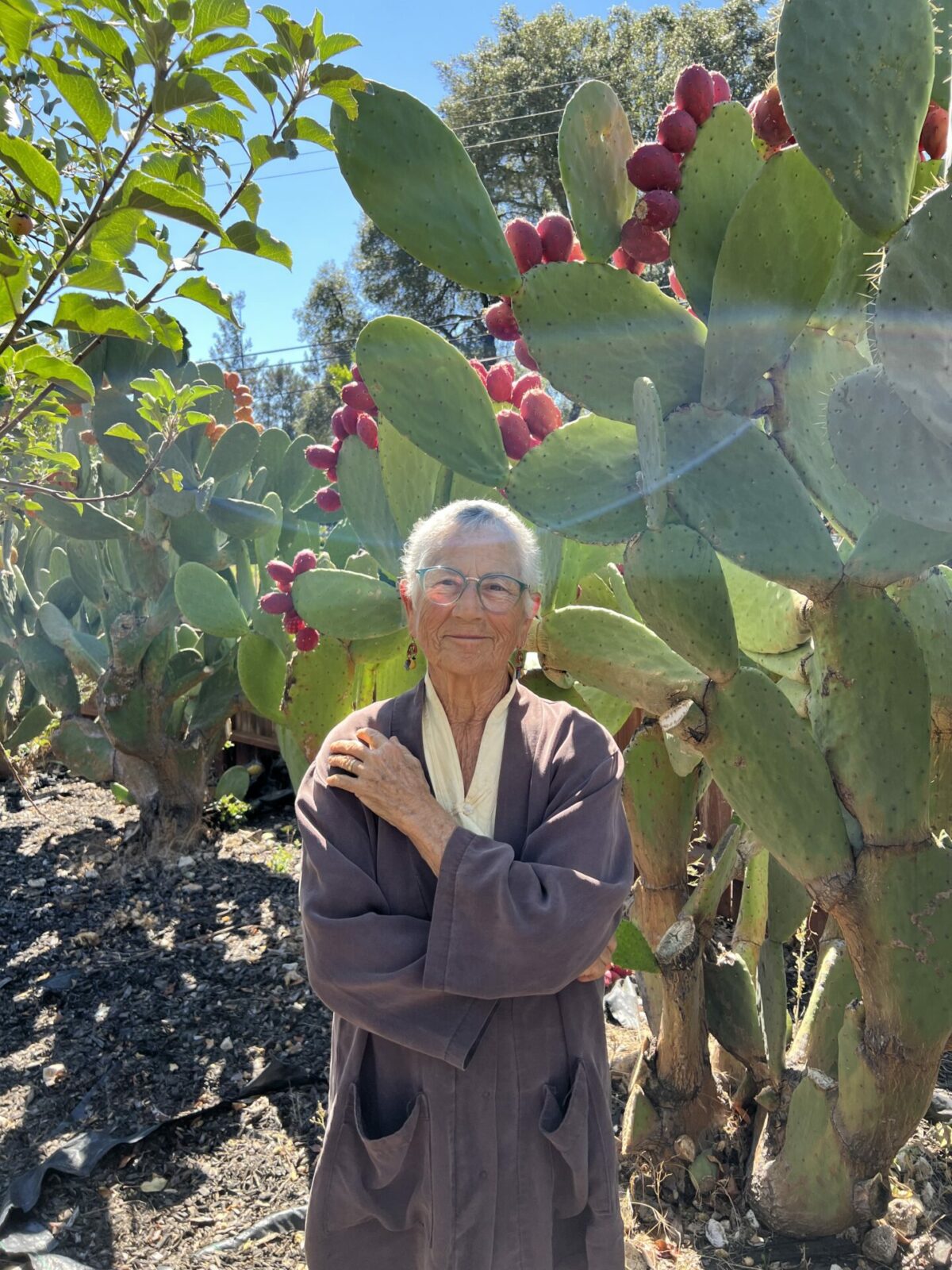
You may know the Zen story of a bystander watching a rider tear by on a horse. Curious as to where the rider is going at such breakneck speed,
Dharma teacher Jo-ann Rosen offers insights on seeing the practice through a neuroscientific and trauma-sensitive lens, and on being a cell in a Sangha body.
By Jo-ann Rosen on

You may know the Zen story of a bystander watching a rider tear by on a horse. Curious as to where the rider is going at such breakneck speed, the bystander yells, “Where are you going?” Whizzing past, the rider responds, “I don't know, ask the horse!” I am a prime example of the person riding the horse. For decades, even as a long-time practitioner, I couldn’t understand why I was getting so carried away by my body and mind. I couldn’t concentrate; focusing on the breath just made me more anxious and discouraged. Learning about neuroscience helped me to understand what was hijacking me, how to slow my gallop to a trot, and even how to graze in a meadow from time to time. I no longer feel like an impostor in my practice, ambushed by embarrassment. I have become better able to concentrate, and my ability to stay self-regulated and calm has improved so much that I can now stay sustainably enthusiastic about practice.
I began researching what the Plum Village practice was like at its inception in the late fifties and early sixties and soon realized those beginning circumstances were experiments in handling trauma.
Discovering the benefit of turning a neuroscientific and trauma-sensitive lens on the practice led to the co-creation of the EMBRACE Sangha (Evolving Mindfulness-Based Resilience to Awaken Community Empowerment—see the next article in this issue). The huge response to EMBRACE clearly shows that the causes and conditions for our project were ripe; EMBRACE has taken on a life of its own. In the fall of 2022, circumstances inspired me to write about the synergy of neuroscience, trauma sensitivity, and practice. At first, I thought I would write a pamphlet of how-tos. But then, spending the winter at Deer Park Monastery, I was immersed in practice and had access to all manner of monastic perspectives. I began researching what the Plum Village practice was like at its inception in the late fifties and early sixties and soon realized those beginning circumstances were experiments in handling trauma. In the midst of war, Thầy developed a practice that served both him and his growing Sangha as his Vietnamese students did their best to help those around them. The resulting practices were designed to stave off and heal trauma amid the chaos of relentless catastrophes.
After four months of research and writing, I had a whole new appreciation of the practice. I was so inspired by Thầy’s determination to renew a Buddhism that had lost its ethical compass in Vietnam and to speak truth to power. Thầy dared to be both light in his fierceness to relieve suffering–non-violent yet uncompromising and unrelenting–and creative, seizing opportunities to dwell in the awe that surrounds all life, even in times of terror and tragedy.
Through the lenses of neuroscience and trauma sensitivity, I came to understand more. Two points in particular:
- I have more faith in the healing power of our practice to balance practices of wisdom and compassion by including study, practice, work, play, and rest. This helps avoid some of the pitfalls of unguided practice.
- I am learning that a Sangha-based practice is a very advanced practice that requires exceptional interpersonal skills—finding harmony can get messy and learning to be at ease with messy is a super important skill for these times. Sangha practice speaks to the hope that a group of dedicated practitioners can, indeed, become an awakened organism.
Thầy has urged us to adapt Buddhism so that it speaks the language of our day and to be inclusive so that Buddhism can be well-integrated into the West. Part of Western wisdom and language is found in the deepening understandings of twelve-step programs, climate activism, and the Movement for Black Lives. These emerging perspectives add to a right view that grows more expansive. In our tradition, ARISE1 and Earth Holders2 also are opening doors to liberation. EMBRACE, too, will increase our understanding from a scientific perspective.
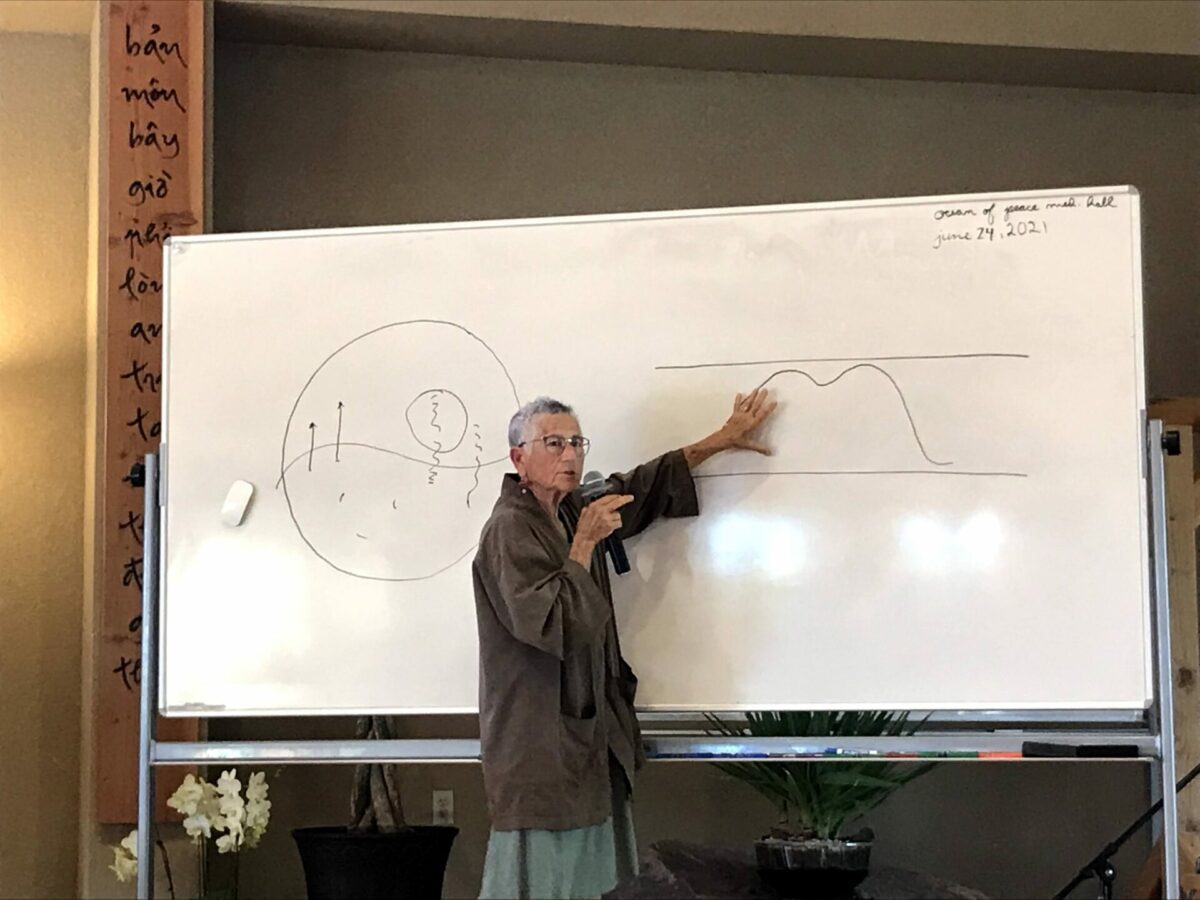
Buddhist psychology has much in common with today’s leading practices of trauma healing that focus on body-centered approaches. Understanding one’s neurobiology helps a practitioner become aware and skillful in discerning their own capacity to look deeply and to transform their suffering.
Practicing with a Sangha and mentors is vitally important—it gives a practitioner a container and guidance. While useful, books and apps are not guides; they cannot speak directly to a lay practitioner’s unique causes and conditions. Practice is like a fine, personally-tailored garment we each must alter to fit our circumstances.
Monastic and lay lives call for cultivating similar virtues, yet in a different balance. Worldly goals have an interbeing nature with spiritual ones. The conditions that monastic life presents for practice are both the same and different than those in lay life. Too often, lay practitioners, especially new practitioners, become confused, thinking one can accomplish living a monastic lifestyle under lay circumstances. But that isn’t the lay job. The job of lay folk is to find the most effective balance to manifest their practice work in the world.
As we take a deep dive into the river of humanity, we learn about another potential dimension to the human experience: being a cell in the Sangha body.
Buddhism is still in its infancy in the West. Historically, it has taken many generations to fully integrate the practice into a new culture—and the West is no exception. We need still more adaptations to fully benefit from the practice. Causes and conditions seem to be changing at greater and greater speeds. Adapting Buddhism to the West amidst this fast-changing culture will be an art—particularly if we wish to maintain the deep wisdom teachings and spirit of a bodhisattva path.
Finally, the Plum Village lineage promises a new model for collective healing and awakening. Many people come to our practice seeking stress reduction. That’s an important Dharma door onto the path, but that is just a beginning. Learning to self-regulate is a fundamental need for humans; with it we can relax and enjoy the many wonderful conditions surrounding us. Self-regulating opens the way to seeing deeply how suffering arises and how it can begin to be overcome. It opens the door to better relationships with family, friends, co-workers, and the Earth. As we take a deep dive into the river of humanity, we learn about another potential dimension to the human experience: being a cell in the Sangha body. This body can contain collective wisdom far beyond the sum of its parts. These collective bodies can work together effectively to transform our human culture and its ailing institutions, thus healing the perception of separation.
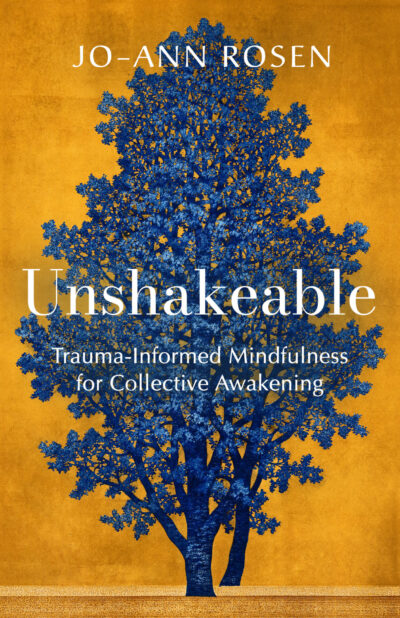
Some people are wary of putting a scientific lens on the practice; they fear doing this will be reductionistic, shrinking the path to a mechanistic or prescriptive way of practice. Thầy himself both urged us to make use of science as a friend on the path, while at the same time cautioning against making mindfulness into a tool. When we practice as a Sangha with the intention of becoming an awakened organism and adhere to the guidance of the Mindfulness Trainings, we transform into much more than the sum of our parts. Embracing the large container of Sangha carries us beyond our notions.
Miraculously, as we give greater focus to our “cellness” by loosening the grip on our “selfness,” the causes and conditions of individual transformation blossom without extra effort. There is no path to interbeing, interbeing is the path.
1 ARISE Sangha (Awakening through Race, Intersectionality, and Social Equity), an engaged initiative in the Plum Village community: arisesangha.org
2 Earth Holder Community, a mindful Earth justice initiative in the Plum Village community: earthholder.training
